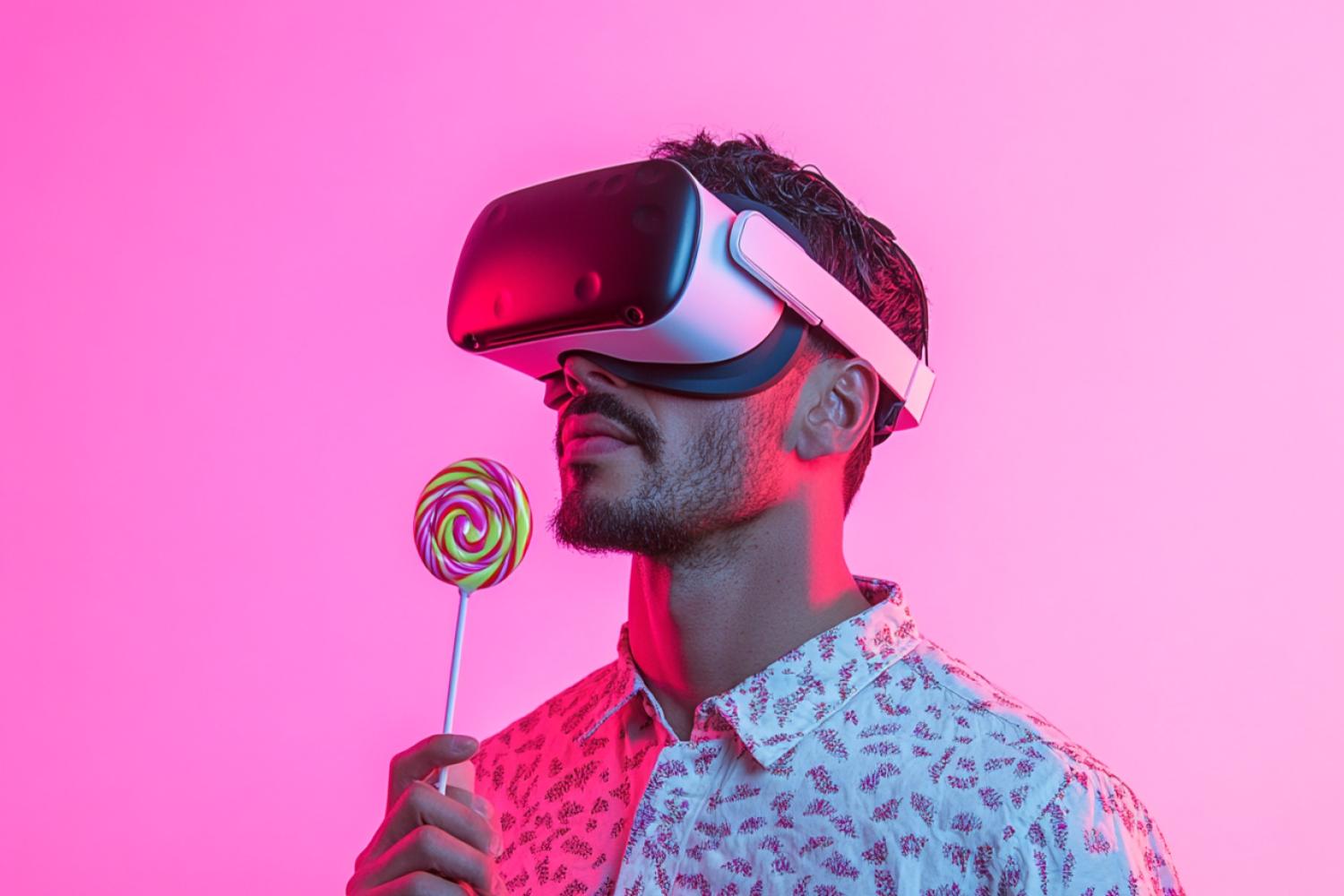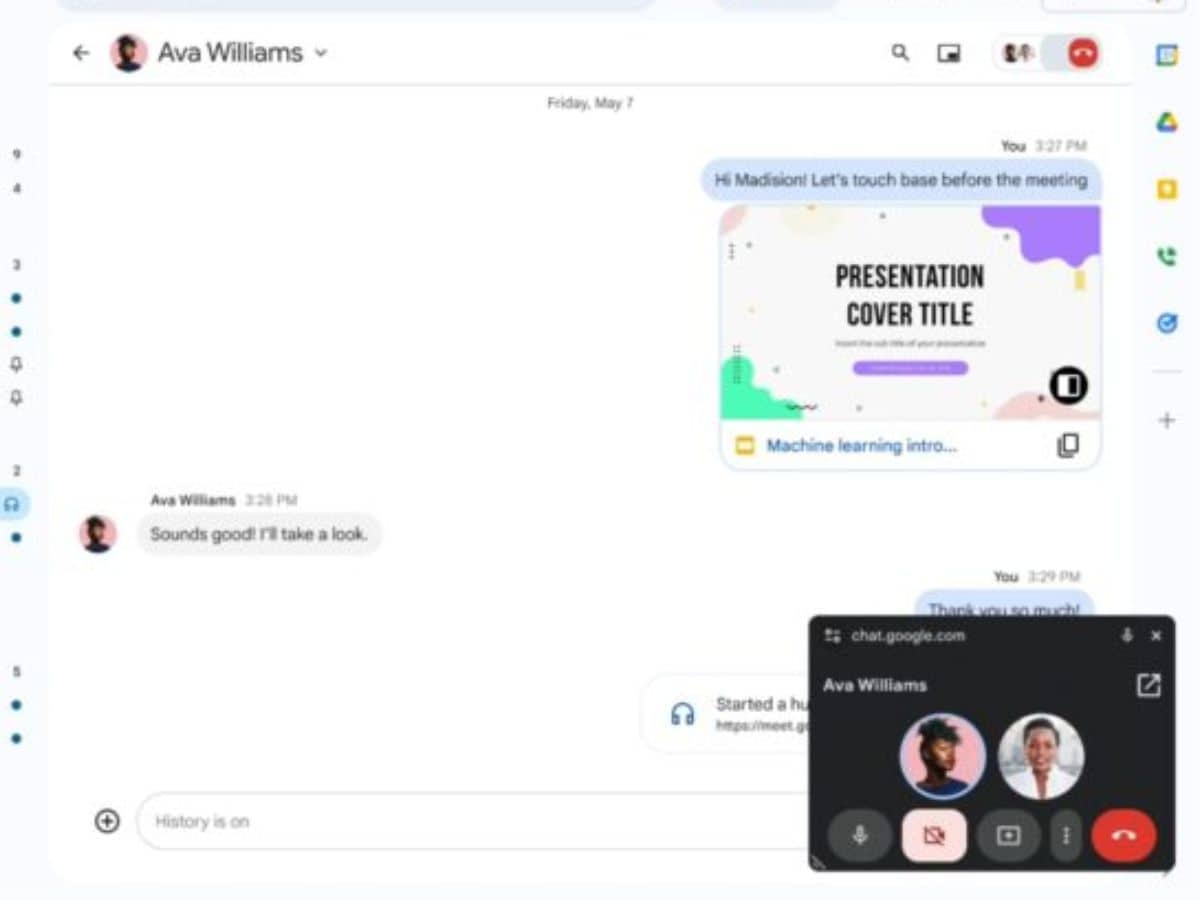Virtual reality aims to allow humans to perceive environments that do not exist in the real world. But for the moment, these systems are generally limited to two senses: vision and hearing. There are also haptic interfaces that make it possible to emulate touch, even if these systems have never become popular in the general public domain.
But for now, taste and smell remain far behind. Hong Kong researchers now want to change this state of affairs with a sort of connected lollipop, capable of transmitting flavors on demand.
At the physiological level, what we call the senses are all built on the same basis: if we can see, feel or touch, it is because our body has cells specialized in recording certain signals from of our environment. For vision, for example, these are the photoreceptors of the retina; they capture light signals which are then interpreted by the brain to reconstruct an image. Virtual reality headsets simply create artificial signals to trick the brain into thinking it is in a different environment.
Taste, a sense difficult to emulate
For the taste, it’s the same thing. The tongue and palate are full of cells sensitive to different chemical compounds that produce signals that the brain interprets as a salty, sweet or bitter taste, for example. And it is this process that the authors of this new study, identified by Ars Technicaseek to emulate with their new device, described as a “ interface gustative portable ».
Physically, the device appears as a sort of connected lollipop which, once placed in contact with the tongue, can generate different types of tastes. But the process is much more complex than transmitting an image. To function, a VR headset simply needs a little energy to produce the light essential for stimulating the retina. However, taste does not depend on these intangible particles that are photons, but on many molecules which each produce a different response.
This poses a significant problem in practice; in theory, to allow a user to “ to taste » a virtual object, it would be necessary to have a physical stock of chemical compounds which will then be physically delivered into the mouth. Feasible in the laboratory, but anything but practical in real conditions.
Over the years, other researchers have explored different avenues. The most popular approach is to stimulate the receptor cells with an electrical current of varying frequency and intensity. In addition to avoiding stockpiling products, this approach works quite well in practice — but again, it poses serious practical problems. Needless to say, most VR aficionados would have no desire to put electrodes on their tongues before each session!
A virtual pacifier made from hydrogel
The researchers behind this new study therefore relied on another technique: iontophoresis. It is also based on the use of an electric current, but the implementation is quite different from the method mentioned above. Instead of electrodes, the user’s tongue comes into contact with a hydrogel. The advantage of this water-based gel is that it is a non-toxic substrate in which we can precisely control the movements of different chemical compounds; it is enough that they carry an electric charge, and we can then “push” them in a precise direction using a weak electric current.
In this case, researchers circulate ions — charged atoms that play a determining role at all levels of our metabolism, including taste. This is especially true for hydrogen (H+) and sodium (Na — ) ions, which contribute to sour and salty flavors, respectively.
Based on this observation, the researchers installed nine channels filled with hydrogel at the end of this “VR lollipop”. Each of them is connected to a small reservoir which, once exposed to an electric current too weak to be perceived by the user, releases a cocktail of ions specifically designed to imitate a precise taste: sugar, salt, citric acid, cherry, milk, green tea, passion fruit, grapes and even durian — this famous Asian fruit with a particularly nauseating smell.
Potential in medicine and commerce
In testing, this prototype performed remarkably well. The only limit is time; After about an hour, the hydrogel channels begin to dry out, and become unable to deliver ions to the guinea pig’s tongue. But it is still a very interesting proof of concept whose interest goes far beyond entertainment.
The authors cite in particular two cases where such a device could be of very concrete interest. First, this technology could make it possible to develop standardized testss — a bit like those that already exist for sight or hearing, but for taste. This could help diagnose certain taste disorders, such as the loss of taste experienced by many people affected by Covid-19. Ultimately, these tests could also help researchers identify possible treatments.
Alternatively, the authors also suggest that this lollipop could be used in the field of sales. Thanks to a lollipop of this type, a consumer could test a food product that they are considering purchasing to find out if it matches their tastes before even putting it in their basket.
It will therefore be very interesting to see if this system will one day reach maturity, and if so, which industry will be most able to benefit from it.
The text of the study is available here.
🟣 To not miss any news on the WorldOfSoftware, , .












